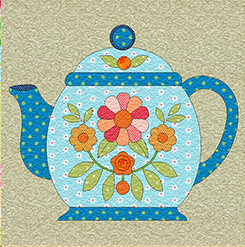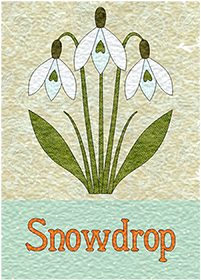 This was an extra long holiday weekend. As throughout all Latin America, Nov. 2 was the Day of the Dead or, as known locally, Finados. And then Nov. 3 is the day in which we celebrate the independence of Cuenca, the third largest city in Ecuador and the second one – along with Quito – to be included in the UNESCO list of World Heritage Trust sites. Lots of people leave the cities, which means that for those of us who stay things quiet down quite a bit.
This was an extra long holiday weekend. As throughout all Latin America, Nov. 2 was the Day of the Dead or, as known locally, Finados. And then Nov. 3 is the day in which we celebrate the independence of Cuenca, the third largest city in Ecuador and the second one – along with Quito – to be included in the UNESCO list of World Heritage Trust sites. Lots of people leave the cities, which means that for those of us who stay things quiet down quite a bit.
In Ecuador, the Day of the Dead is observed widely by all parts of society, and is a true syncretism of the indigenous culture and the Christian (Catholic) religion brought to this region by the Spaniards. This is a day where people traditionally visit the cemeteries to bring flowers and pay their respects for their departed loved ones. In indigenous communities it is a day-long celebration, where families gather together in the community cemetery with offerings of food for a day-long remembrance of their ancestors and lost loved ones.
And, naturally, there is traditional food. This is the time for the colada morada, a spiced fruit porridge that derives its deep purple color from the Andean blackberry or mortiño and purple corn, in addition to other ingredients from the region. This is typically consumed with guagua de pan, which is bread shaped like a swaddled infant, which often has some filling like cheese, or sweet guayaba paste, or even chocolate.
More than the bread dolls, I absolutely love the colada and wouldn’t miss out on the opportunity to have some. It’s preparation is quite involved, so I’ve never made it, but buy it at one of our neighborhood bakeries. This year’s was really very good. Yummy!


 I am a self-learner. I taught myself to sew and to quilt. And I taught myself how to draw. I love to dye my own fabrics, am a fanatic of free-motion quilting, and dabble with mixed media. I am a quilt designer and teacher, and design and publish my own line of quilt patterns. With this blog I would like to share the bits and pieces of my life.
I am a self-learner. I taught myself to sew and to quilt. And I taught myself how to draw. I love to dye my own fabrics, am a fanatic of free-motion quilting, and dabble with mixed media. I am a quilt designer and teacher, and design and publish my own line of quilt patterns. With this blog I would like to share the bits and pieces of my life. 



One Comment
Our traditions
Submitted by ipraragon on Fri, 11/06/2009 – 23:02. (Old blog)
Dear Angie:I really enjoy to read about other’s countries traditions, so I look for your posts because I know you use to share yours with us. It’s fun and interesting to learn and compare, and realize that all of our latin countries are so similar. We in Guatemala also have special foods to celebrate All Saints’ day as it’s called here November 1. The tradtional foods are slightly different in some regions of the country, but the most used and famous is the “Fiambre”. It’s a very complicated dish, based on a salad call “curtido”,that’s made with julienned carrots and green beans, petit pois, cauliflower, chopped cabbage and in most cases, sliced beets, that gives the salad its characteristical purple color. All this vegetables (and others more, according to the taste of the chef or the family) are cured with seasoned vinegar for at least one day, then mixed with a sort of meats, as cooked chicken, pork, chorizos and some special sausages you can only find by this season. The “special touch” is given by the “caldillo”, made with more vinegar and a lot of seasonings more that I don’t really know (I’ve never made it by myself, my sister is who cooks it for the entire family)This is the real secret of each chef. Finally, the portions are served garnished with a wide variety of canned or fresh vegetables, bits of cheeses, different kind of ham, sparragus, palmito and baby corn, radishes, bell peppers, well… almost everything you like. The last touch is a spread of powdered dry cheese, a special one made in a town called Zacapa. I’ts usual to have this food for November 1 and 2, but, according of the amount made, maybe one week later you can still find a little in the freezer…
Irene.